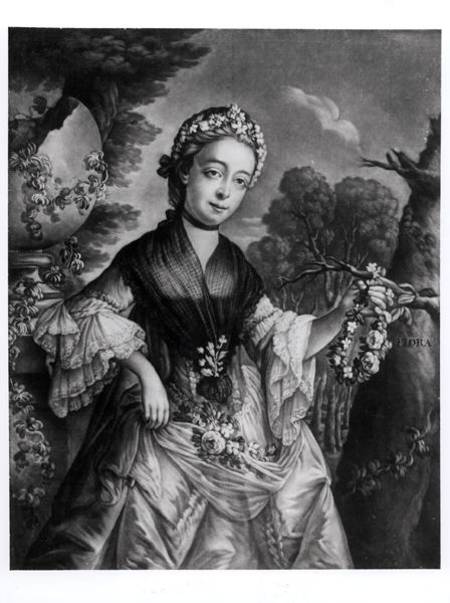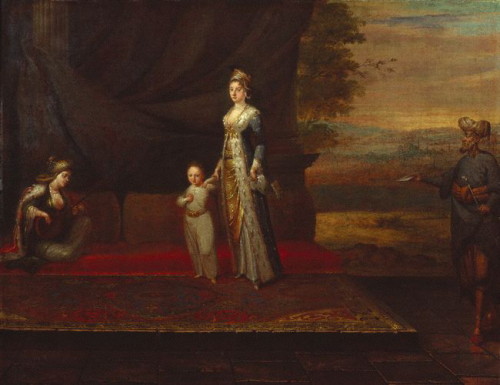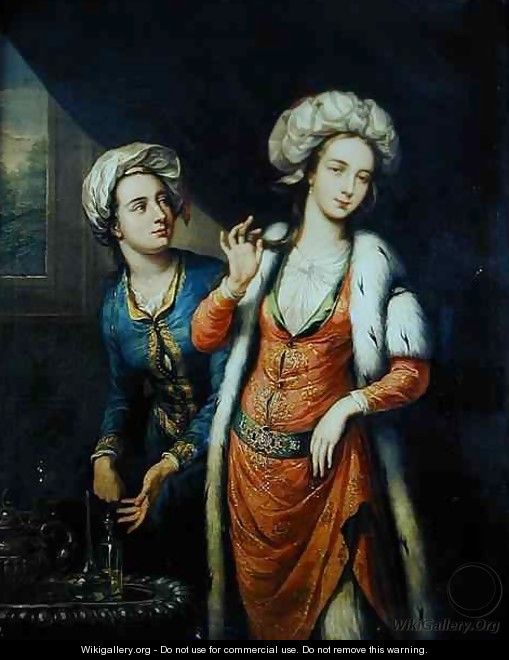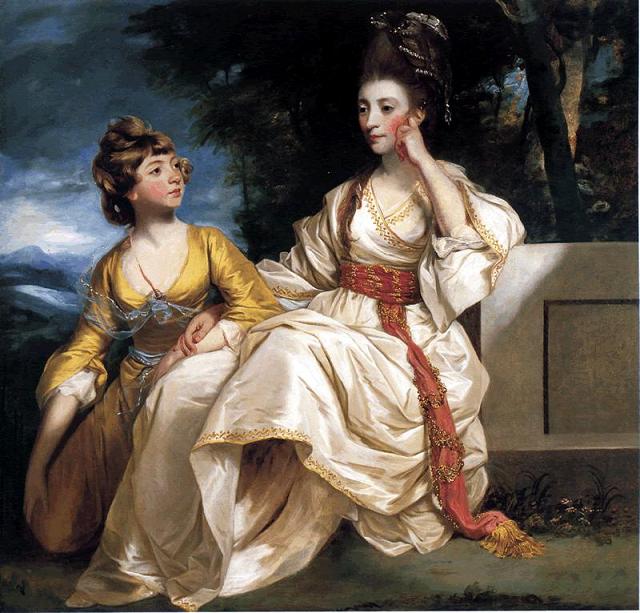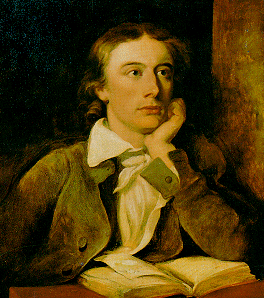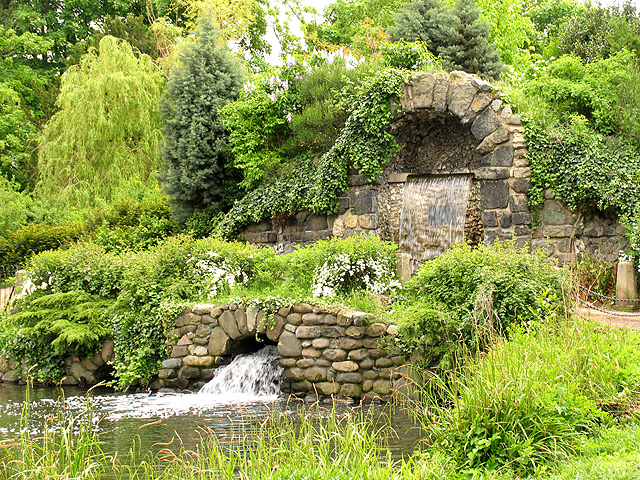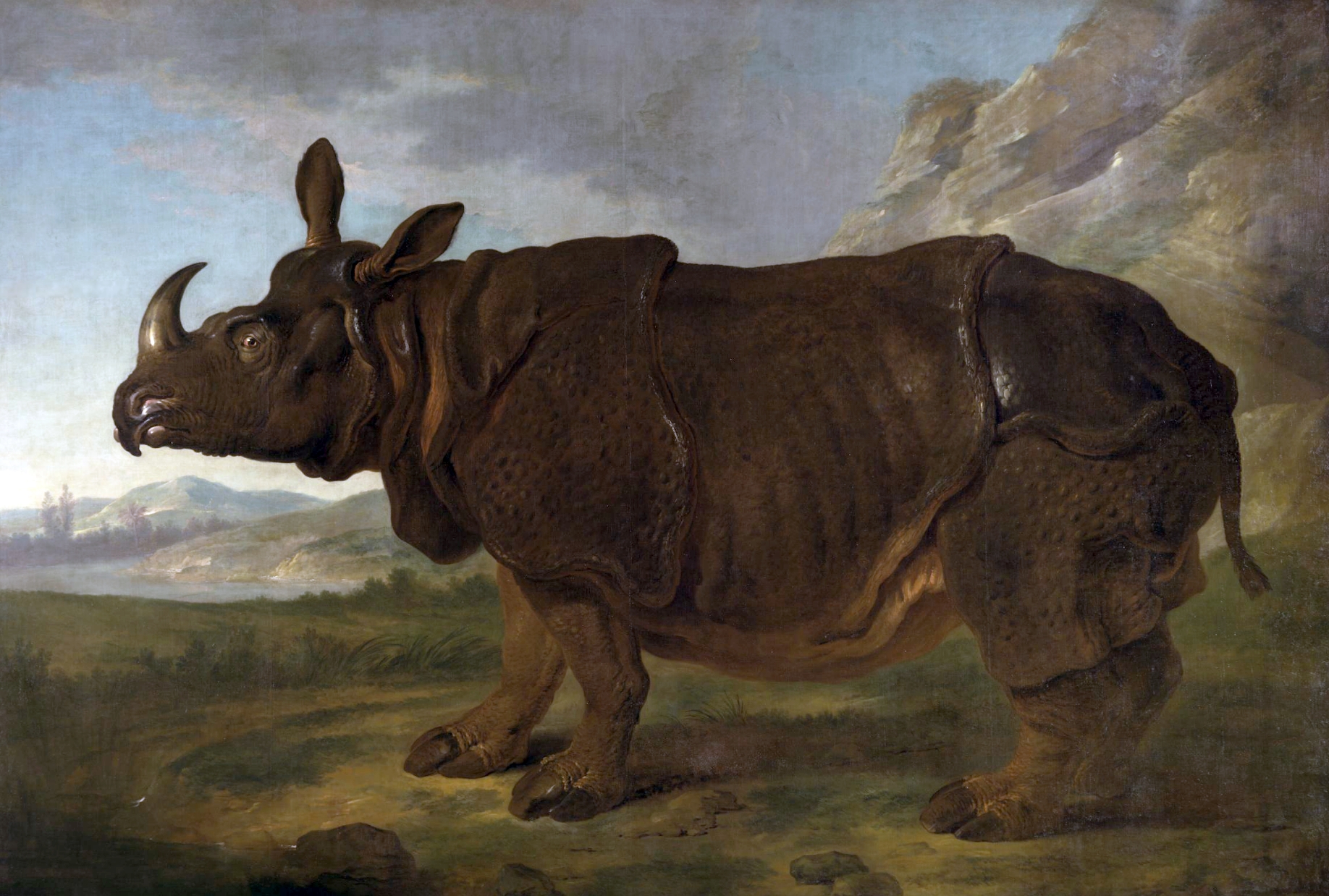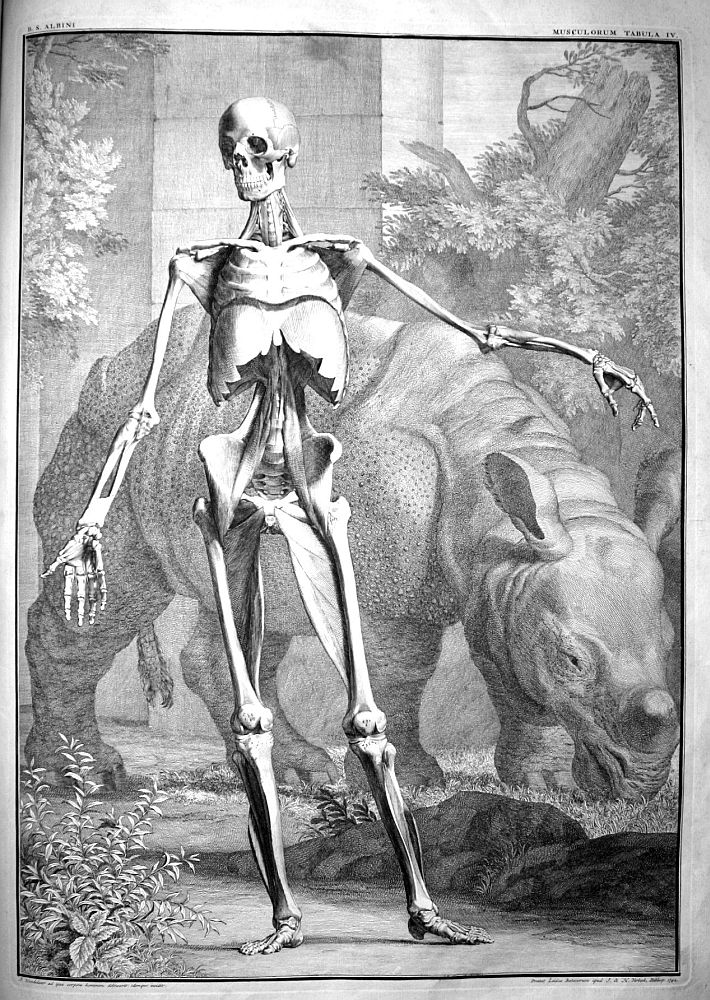When it comes to the modern history of dinosaurs it was the 19th century when everyone went fossil crazy and actually began thoroughly studying the giant lizards. But the long 18th century (
really long) has some dino discoveries as well. In fact, one could say that the forward thinking of the Enlightenment aided in shaking off the superstitious thinking of the past which created more logical ideas about those prehistoric bones.
For example,
Megalosaurus is a frightfully English dinosaur. When its femur was unearthed in 1675 Dr Robert Plot and other experts at Oxford determined it to be that of a giant...the warm-blooded kind that live up in beanstalks.
Almost 100 years later part of a
Mosasaurus skull was found in a quarry in the Netherlands. Being the Enlightenment, the educated minds knew this wasn't something silly like an ogre. This time it was determined to be a fish. Our scientific minds were getting a little closer.
Mosasaurus was not a fish but it was one of those dinosaurs that you would find swimming around in rivers.
The esteemed zoologist Georges Cuvier has many achievements under his belt. Perhaps the coolest being that he discovered the
Pterodactyl. Apparently "
Pterosaur" is the correct term although it was Cuvier who dubbed the dino, "Ptero-Dactyle." Not only did Cuvier discover one of the most well-known species of dinosaur but he discovered it by looking at a drawing of the fossils found in Bavaria. It's like identifying a new type of mammoth over email! Cuvier also cleared up the whole
Mosasaurus/fish issue.
 |
Left: Mary and her dog, Tray (who accompanied her in fossil
hunting and died in the line of duty due to a landslide)
Right: A Victorian (and inaccurate) depiction of two of Mary's discoveries. |
|
|
Ladies dominated the Regency with their dinosaur discoveries. Take Mary Anning for example. She was a mere twelves years old when she unearthed the rest of an
Ichthyosaur skeleton, the head of which her brother had found, in Lyme Regis in 1811. She is credited with the dinosaur's discovery. While other ladies were embroidering Mary could be found dangerously scaling cliffs in order to collect as many fossils as possible and went on to discover the
Plesiosaur and the first
Pterodactyl Pterosaur outside of Germany. In other words, Mary was awesome.
Mary's work with fossils inspired Gideon Mantell to follow in her footsteps. But Gideon is a lying jerk about many things in his life so it is not in my interest to credit him with anything. His wife, May Ann, on the other hand (who left him in 1839 which I think says a lot about Mr Mantell!) was a clever cookie and probably made many of his dinosaur discoveries. It was she who found a tooth while taking a stroll in 1822 which turned out to be that of an
Iguanodon. Mary Ann went on to discover other fossils and illustrate her husband's discoveries (
hmph, take "husband's discoveries" with a grain of salt).
The word "Dinosaur" itself wasn't coined until the Victorian age. It was Sir Richard Owen who came up with the name. Ironically, he disagreed with Darwin's theory of evolution.








